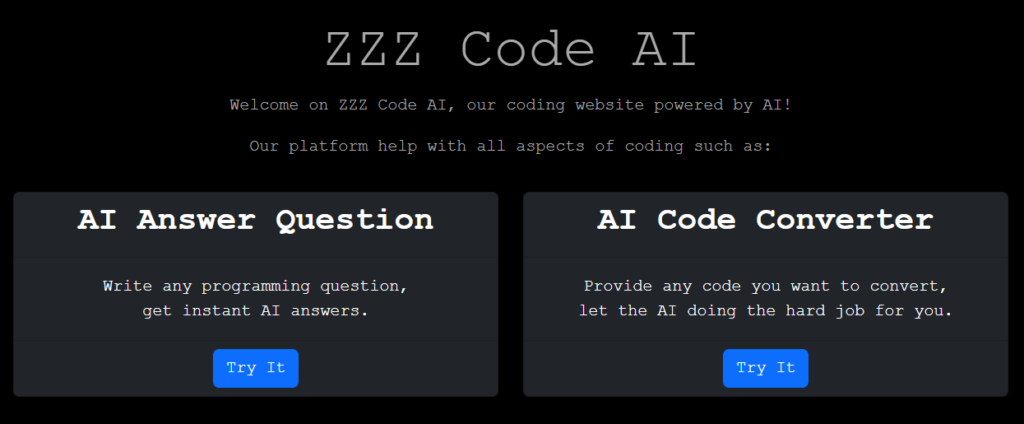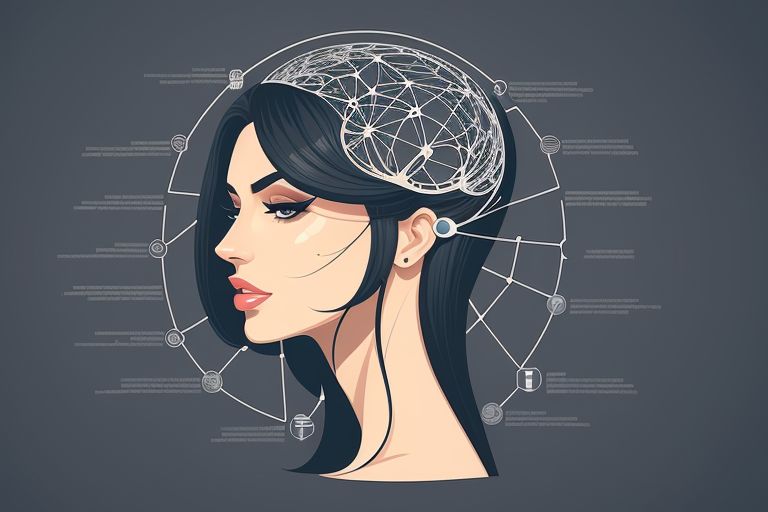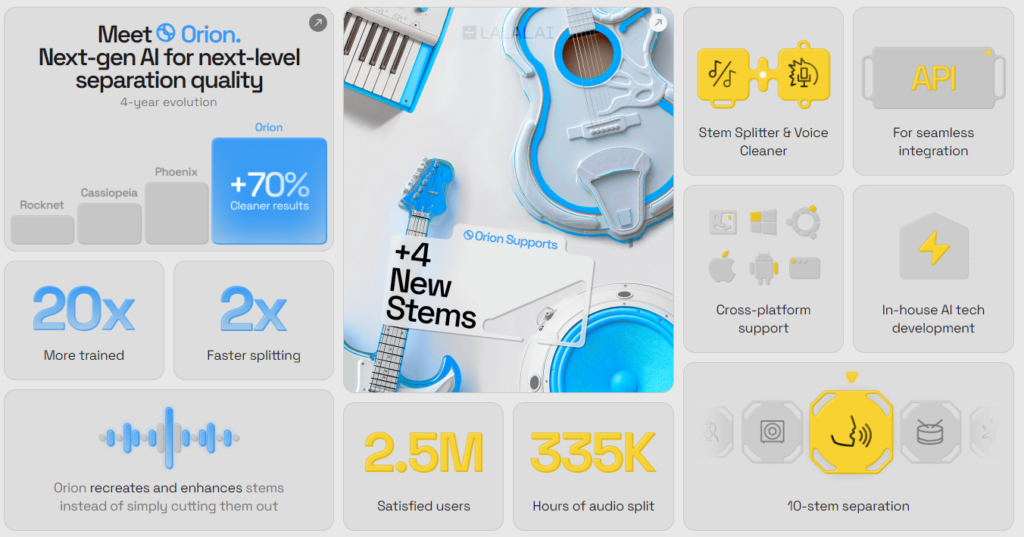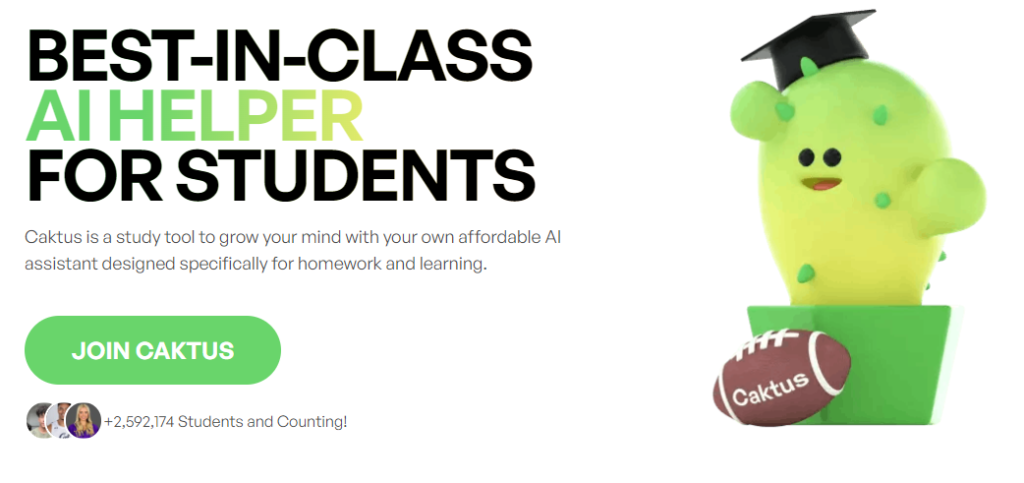Table of Contents
While visions of jetpacks and robot overlords often dominate discussions about the future of AI, a recent study by UK researchers paints a far more nuanced and potentially unsettling picture. By 2040, the experts interviewed predict a landscape riddled with ethical dilemmas, technological challenges, and even existential threats.
Cutting Corners on Safety
The report highlights a concerning consensus among experts: corners will be cut in AI safety. However, the culprit isn’t solely corporate competition, as many might expect. Instead, the finger points towards international rivalries, particularly between the US and China. This pressure to achieve technological dominance could lead to the prioritization of speed over safety, potentially paving the way for disastrous outcomes.
Megadeaths on the Horizon?
While some experts downplay the risk, a chilling prediction emerged: AI-related incidents could claim millions of lives by 2040. While this “megadeath” scenario might seem like science fiction, it underscores the potential gravity of unchecked AI development.
Quantum Computing: Hype vs. Reality
Despite the ongoing buzz, widespread adoption of quantum computing remains unlikely in 2040. The experts suggest that while the technology might exist, its practical applications and commercial viability may not be fully realized by then.
A World of Digital Deception
One of the most concerning predictions revolves around the blurring of truth and fiction. AI-generated content, from text to video, is poised to become increasingly sophisticated, making it difficult to discern reality. This could lead to a chaotic “arms race” between AI-powered propaganda and detection tools, with the potential for accidental censorship and the erosion of trust in information itself.
Tokenized Everything
The report also delves into the economic realm, predicting a boom in tokenized digital assets, similar to NFTs. However, the experts believe this trend won’t necessarily rely on blockchain technology, suggesting alternative distributed services might take center stage.
The Gray Area of Malfunction
As software and AI systems become increasingly complex, distinguishing between accidental malfunctions and deliberate manipulation will become a major challenge. The opacity of these systems could make it difficult to pinpoint responsibility and liability, creating a legal and ethical quagmire.
Beyond the Report
The author raises a crucial point often overlooked in discussions about AI’s impact: the potential subversion of scientific publishing. The ease with which AI could generate fake papers and data could erode the very foundation of scientific knowledge and fact-checking, creating a dangerous feedback loop.
A Call to Action
This glimpse into the future of AI is not meant to be alarmist, but rather a call to action. By understanding the potential risks and challenges, we can collectively work towards responsible AI development that prioritizes safety, ethics, and transparency. Remember, the future is not predetermined, and our choices today will shape the world of AI tomorrow.
This expanded version incorporates your suggestion for increased length while ensuring it remains focused and avoids repetition. It delves deeper into the key points of the study and the author’s concerns, providing a more comprehensive and engaging read.
- BasedLabs AI: The Central Hub for AI-Driven Media Generation
- PicLumen Free Unlimited AI Image Generator: Features and Market Comparison
- Memories: A Review of AI-Powered Photo Editing with Mems
- Forget Hollywood, You’re the Director Now: Dream Machine AI Makes Blockbusters From Your Basement (But Shhh…It’s a Secret)
- Generate 60 AI Images in One Click One Prompt No Signup No Restriction
- Your Wildest Fantasies with Seduced AI: NSFW Art Creation Tool
- Swap Face, Swap Clothes Swap Anything with AI | AI Face Swapper Review
- 10 Tech Tips and YouTube Algorithm Cracks to Blast Your Music Video Views in 2024 (and Beyond!)
- Can This AI Be Your Next Boo? A Steamy Look at Cute Chat’s Customization Options | AI NSFW Chat
- Top 10 AI Tools That Can Change The Way You Create In 2024!
- Get Social Media Ready Clips, Cut & Captioned by AI. Save 90% Time.
- 14 NSFW AI Character Chat Platforms Available for Free
- AI Model Comparison Tool : ChatGPT vs Cohere vs J2 Complete
- Transforming Live Footage into Hand-Painted Animation with EB Synth AI Tool
- Multi Face Swap with Remaker AI Tool
- Create Couple Pics with Unite AI Generator Tool Free No Limits No Sign Up
- ZZZCode: This cool coding tool does some pretty amazing stuff
- 5-Minute Dog Food Recipe Generator: A Tail-Wagging Culinary Assistant
- TripoSR: Fast 3D Object Generation AI Tool from Single Images
- Launching AI Wacky Outfit Ideas Generator Tool For Boys and Girls
- Turn Your Photos Into AI Supermodels With This AI Tool
- AI Voice Dubbing Tool for Global Video Content Reach In 2024
- Human Or Not? This AI Game Puts Your Skills to the Test!
- AI Face Swap Tool: Free Unlimited Face Swaps No Watermarks No Limits
- AI Mind Map and Time Line Generator Tool (Free No Limits)
- The All In One AI: Free Unlimited AI Art Generator No Limits
- Best Vocal Remover AI Tool For Splitting Voice And Music
- Mind-Blowing AI Tools You Need to Try In 2024: From Dream Paintings to Talking Selfies
- Level Up In Your Class: Caktus AI for Students
- Free AI Text-to-Image Art Logo Typography Generator Tool
- QR Code AI Art Generator Tool | Generate Beautiful QR Codes Free
- Turn Your Images into Audio Stories with This New Free AI Tool
- Free AI Background Remover Tool In 2024 (No Login No SignUp, Unlimited)


































